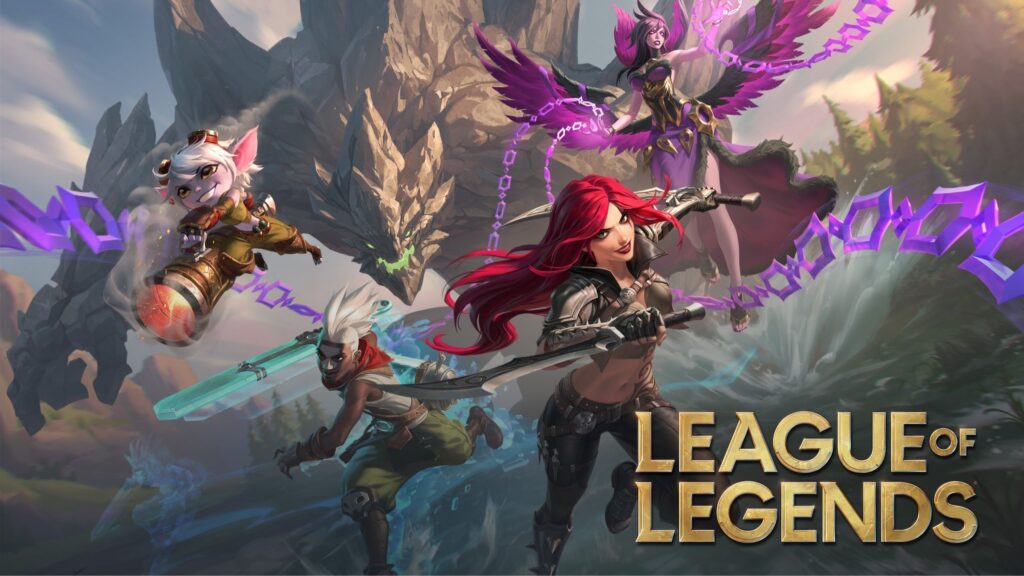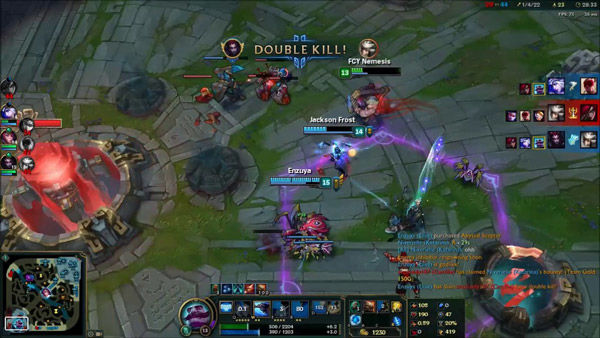League of Legends
League of Legends is a phenomenon in the gaming world. It is one of the most iconic Multiplayer Online Battle Arena games. Since its release, it has captivated millions of players worldwide.
This game turned into a competitive and cultural phenomena. Here are some details about its history, gameplay, and current influence.
Origins and Launch of the game:
This game was officially launched on 27 October 2009, as a free to play game for Microsoft Windows. Under the direction of Brandon Beck and Marc Merrill, the Riot Games development team set out to make a game that was modeled after the well-liked Defense of the Ancients (DotA) custom mod for Warcraft III.
Although LoL offered simplified mechanics and a more user-friendly interface, it nonetheless maintained DotA’s strategic depth and team-oriented gameplay, making it more accessible to a wider audience.
Soon after its introduction, the game’s popularity soared, mostly as a result of its lively graphics, quick gameplay, and frequent updates. Since then, Riot Games has kept improving and growing the game, guaranteeing its survival in the rapidly evolving gaming industry.

How to play League of Legends:
In the competitive 5v5 game League of Legends, players take control of special characters known as Champions. The goal of each match is to destroy the enemy’s Nexus, which is the central building of their base, on a map called Summoner’s Rift.
- Select a Champion:
A pool featuring more than 160 Champions, each with distinct skills and playstyles, is available for players to choose from. Roles like Top Lane, Mid Lane, Jungle, ADC (Attack Damage Carry), and Support are used to classify champions.
- Main objective of the game:
The main objective is to outperform the opposing team by obtaining gold, experience, and securing goals such as Baron Nashor, towers, and dragons. These goals fortify your group and clear the path for destroying the enemy Nexus.
- Phases of the game:
Early Game: Players concentrate on controlling their lanes, earning experience, and farming gold.
Mid-game: Teams begin forming alliances to defend goals and compete for control of the map.
Late Game: In order to complete the game, the emphasis switches to team battles and calculated moves.
- Items and Skills: During games, champions level up, gaining new skills and enhancing their current ones. In order to improve an item’s utility, damage, or survivability, players can also buy it with money.
- Collaboration, communication, and a thorough comprehension of tactics and mechanics are necessary for success in League of Legends.

Popularity and Global Reach of the Game:
League of Legends rapidly grew to become one of the most popular eSports games worldwide. Every year, teams from North America, Europe, China, and South Korea compete for the Summoner’s Cup in the League of Legends World Championship, which draws millions of fans.
Regional leagues like the LCK (Korea), LEC (Europe), and LCS (North America) are part of the game’s professional ecosystem. These competitions support a vibrant player and fan base, solidifying League of Legends’ position as a major participant in the world of eSports.
Conclusion:
League of Legends is more than a game; it’s a competitive and cultural phenomenon that has influenced contemporary gaming. From its modest origins in 2009 to its rise to prominence in eSports, League of Legends has earned its reputation as one of the most recognizable games ever made. League of Legends provides an unmatched experience that keeps drawing in millions of players worldwide, regardless of whether you’re a casual player, a competitive gamer, or a devotee of the lore.